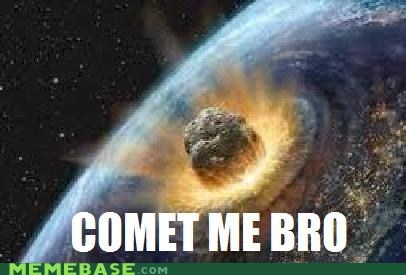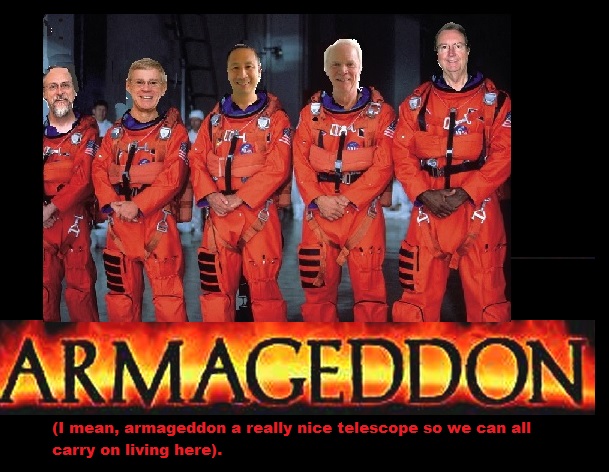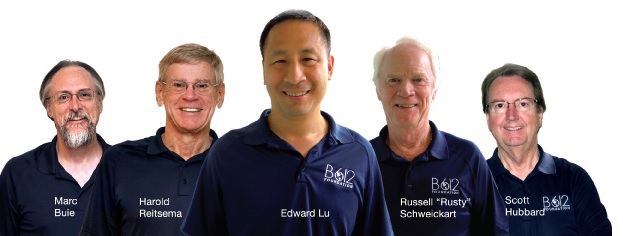When a flaming cosmic rock lit up the skies of Murmansk a week or two ago, I got to thinking about an article I did about a year back – about the one the East coast saw and the kajillion that hit the Russian atmosphere. Then, that thought inevitably turned into “Why them more than us?”
I always have disaster dreams because – well – it’s exciting. If we all have to die, I want to go out the same way we all came in – with a bang.
(Theoretically).
But even if we don’t all die from the boulders obliterating us, there’s something awe-striking about seeing anything unique or unexpected when I look up at the sky. Whether it’s an aurora, fiery horizon sunset, a giant-peach-storybook looking moon, or even witnessing an asteroid streak across the night – it’s always a nice reminder than anything can happen. Nothing’s written in stone. Blue skies and moonrises aren’t promised just because they’re what usually happens.
So, why do the Russians get to have all the fun?

In two words? Size and cameras.
Although meteor showers are common here on Earth, they often burn up in the atmosphere, saving us all from a world of hurt (literally) but also keeping us from noticing them most of the time. Russia, being the behemoth it is, notices more of these events because it covers more globe area. Also, because of all the crime over there (and security measures taken as a result), drivers have dash cams that capture these celestial sights – so it’s just better documented.
Also, in my year-ago entry, I wasn’t quite sure why – with all the technology we have – asteroids like the ones that do damage to our vodka loving buddies aren’t more detectable? Dr. Kaku did an interview explaining how (despite their atomic-bomb level impact and tree-leveling capacity) these are small. Too small to be seen by current scopes. And at the time, proper funding for the right infrared technology wasn’t in the works.
Fortunately, now it sounds like the astro-heroes of the B612 foundation are building a telescope that should be ready in four years or so – through what’s called the sentinel program.
“There’s a saying in Vegas that ‘the house never loses’,” says astronaut Edward Lu, the group’s chief executive. He’s speaking about the fact that (with current technology) all we can do is cross our fingers since we can’t see if they’re coming. He adds, “It’s true; you can’t just keep playing a game of chance and expect to keep winning.”
Thus, the $275-million-Cdn telescope would detect space grit speeding at us, giving us plenty of time to deflect it via cosmic cue ball.
You know, I still feel like there should be a commercial to continue raising cash – showing the Armageddon slow-mo walk with a bunch of these middle aged dudes dropping their pocket pens and smoothing back their toupee hair as they head toward their life-saving computers and telescopes.

“It doesn’t take a strong jawline to be on the frontlines…”

Thanks, homies.